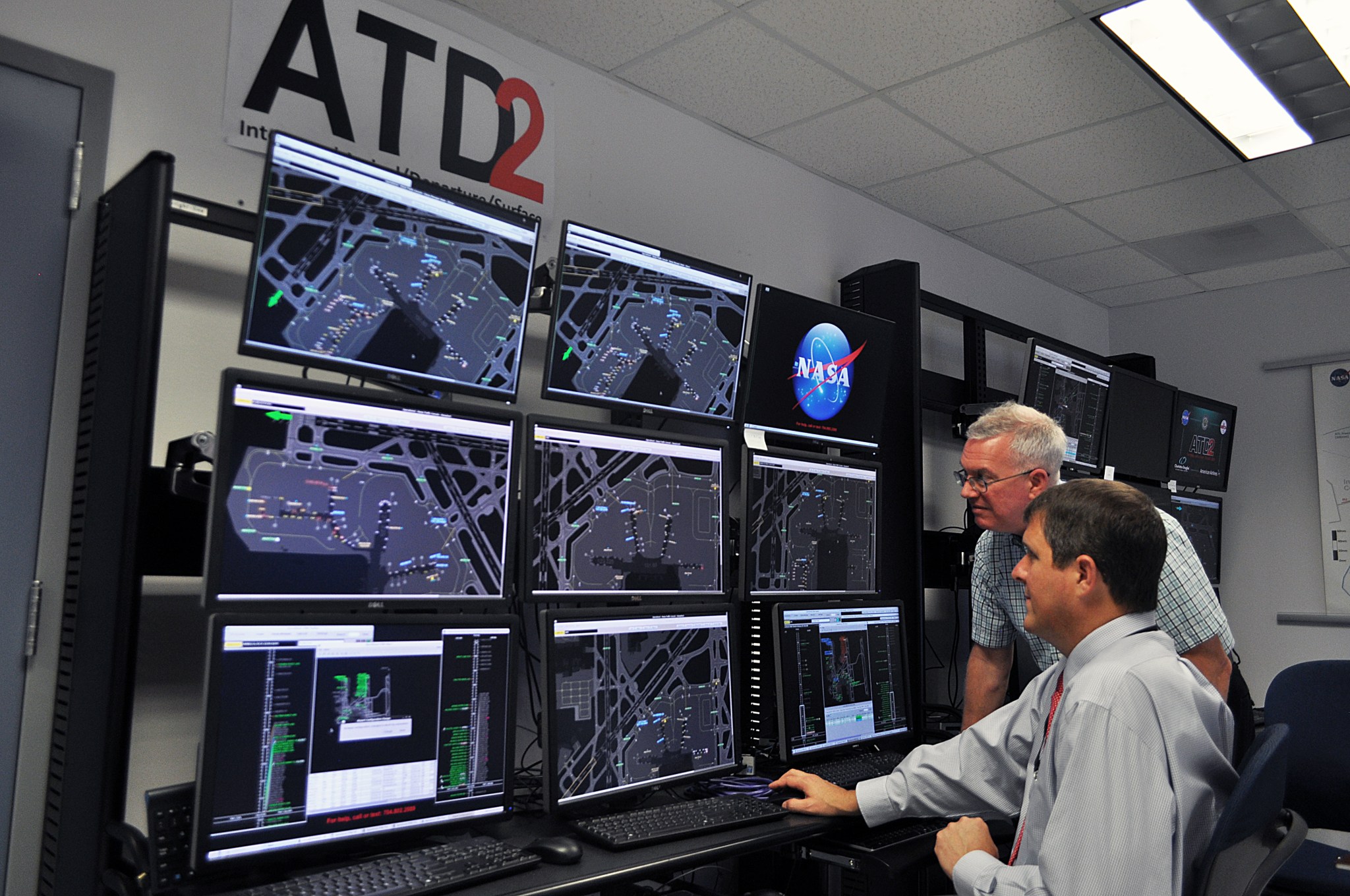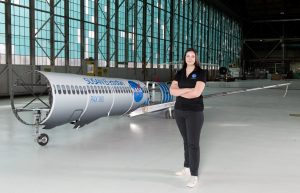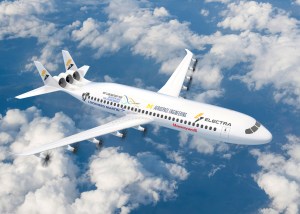
Nearly a century of collaboration between aeronautical innovators who now work for NASA and the Federal Aviation Administration (FAA) will continue under a new interagency agreement that offers broad guidelines to follow in conducting the cooperative work.
“With this agreement NASA will continue to lead in conducting research that will aid the FAA in meeting its regulatory obligations to manage a safe and efficient public air transportation system,” said Robert Pearce, NASA’s associate administrator for aeronautics.
The “Nonreimbursable Umbrella Interagency Agreement Between the National Aeronautics and Space Administration and the Federal Aviation Administration for Demonstration of Promising Aviation Concepts and Technology” was signed by NASA on Dec. 16, 2020 and the FAA on Jan. 4, 2021.
Essentially the five-year agreement provides a mechanism for any NASA aeronautics related organization to work with any FAA organization, and vice versa.
The agreement suggests collaborative efforts might include research, design, development, and demonstration of promising aviation concepts and technologies that address the nation’s aviation needs.
The agreement stipulates that no transfer of funds between NASA and the FAA will take place and that each agency must fund its own participation in any collaborative effort. Other details regarding liability, intellectual property rights, and disputes also are included.
Annexes to the agreement will spell out details of specific collaborations. A first annex to this new agreement is already included and lays out the scope of how NASA and the FAA will partner in conducting a major activity related to Advanced Air Mobility (AAM).
The activity, known as the AAM National Campaign, is designed to promote public confidence and accelerate the realization of emerging aviation markets for passenger and cargo transportation in urban, suburban, rural, and regional environments.
NASA will host a series of demonstrations under the National Campaign that will collect data to help inform the FAA for development of appropriate policies and procedures to enable integration of AAM concepts into the National Airspace System.
“The National Campaign is a perfect example of how the relationship between NASA and the FAA, as spelled out in this agreement that formally extends our partnership, is supposed to work,” Pearce said.
Other examples from past collaborations abound.
In 2018, for instance, NASA-developed technology called Flight Deck Interval Management was transferred to the FAA. The tool helps air traffic controllers and pilots more precisely manage and safely shorten the time, or interval, between airplanes landing on a runway.
A few years earlier, two NASA-developed technologies known as Traffic Management Advisor with Terminal Metering and Controller Managed Spacing were delivered to the FAA in 2014 as a single tool known as Terminal Sequencing and Spacing.
Altogether, the research was aimed at helping airplanes spend less time in the air, save money on fuel, and reduce engine emissions – all while improving schedule efficiency to help passengers arrive at their destination on time and avoid missing connecting flights.
Another set of NASA tools are currently being evaluated with the FAA and others at major airports in North Carolina and Texas under the Airspace Technology Demonstration-2 project.
The big idea: more reliably predict and schedule the time when aircraft are pushed back from their gates so they can get to the runway and take off without pausing to sit on an airport taxiway, waiting their turn to fly while burning fuel and passengers’ patience.
Century of Cooperation
The relationship between NASA and the FAA began with each agency’s predecessor organizations and dates back to 1926.
Following the end of World War I in 1918, the economic possibilities of a national aviation industry became increasingly apparent. A vast wartime effort had produced 13,844 aircraft and 41,953 engines in 19 months.
For the industry to survive in peacetime, the federal government had to decide where to invest its financial resources. The choice: either sustain a wartime level of military aviation effort or concentrate on fostering civilian commercial aviation.
A key question included who would regulate aviation to make it safe, reliable, and economically sound? The debate about how to best do that instigated a political saga that took more than seven years before a consensus was reached.
Initial attention turned toward the National Advisory Committee for Aeronautics (NACA) – NASA’s predecessor organization created in 1915 – which had become the focus of the government’s activities related to aviation research and working with the young aviation industry.
With the Air Commerce Act of 1926, it was decided the NACA should remain attentive to its research and not have any kind of regulatory role. Instead, that duty would fall to the new Aeronautics Branch of the Department of Commerce.
Its charter was to foster air commerce, issue and enforce air traffic rules, license pilots, certify aircraft as flightworthy, establish airways, and operate and maintain aids to air navigation.
Today, the roles of the NACA and the Aeronautics Branch are part of NASA and the FAA, respectively.
A full account of the early days of the NACA and how the Air Commerce Act of 1926 came about can be found in the NASA book Model Research by Alex Roland, which is available online here.

































